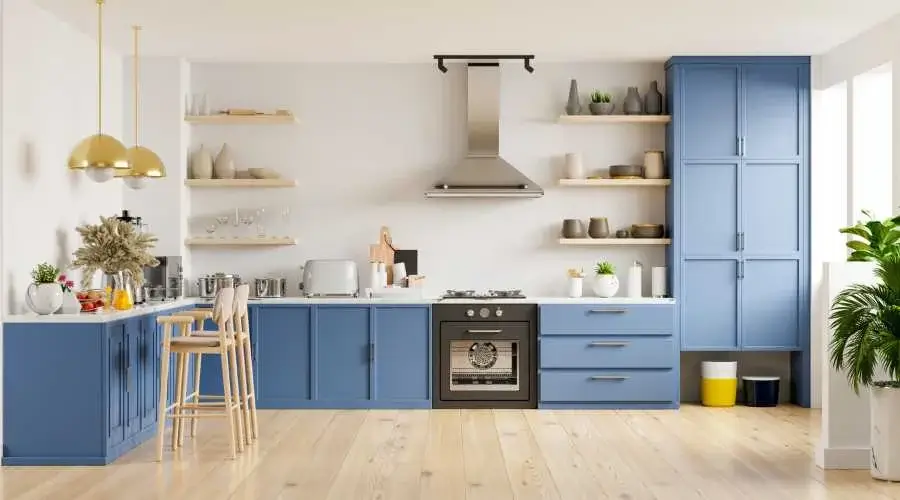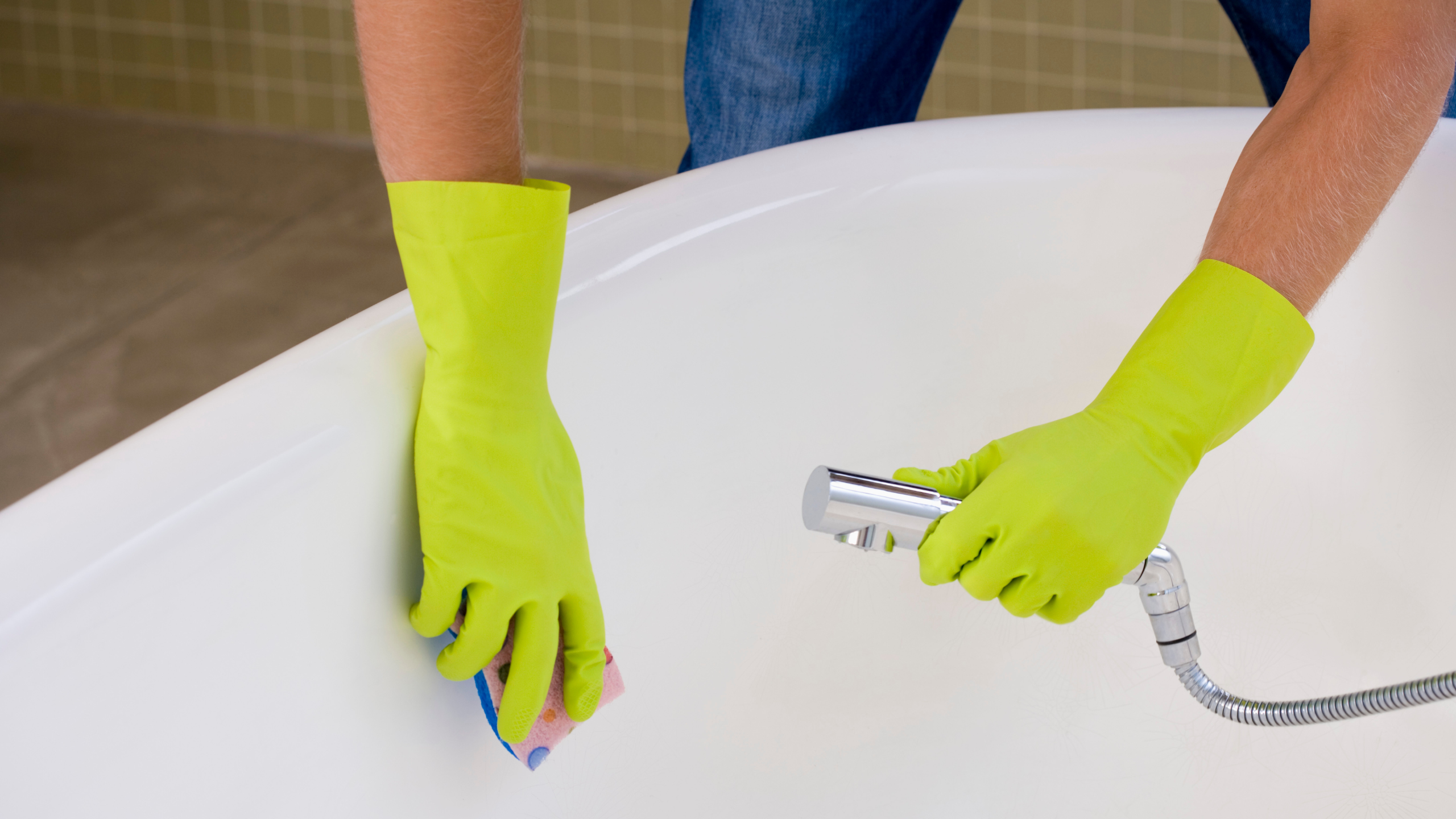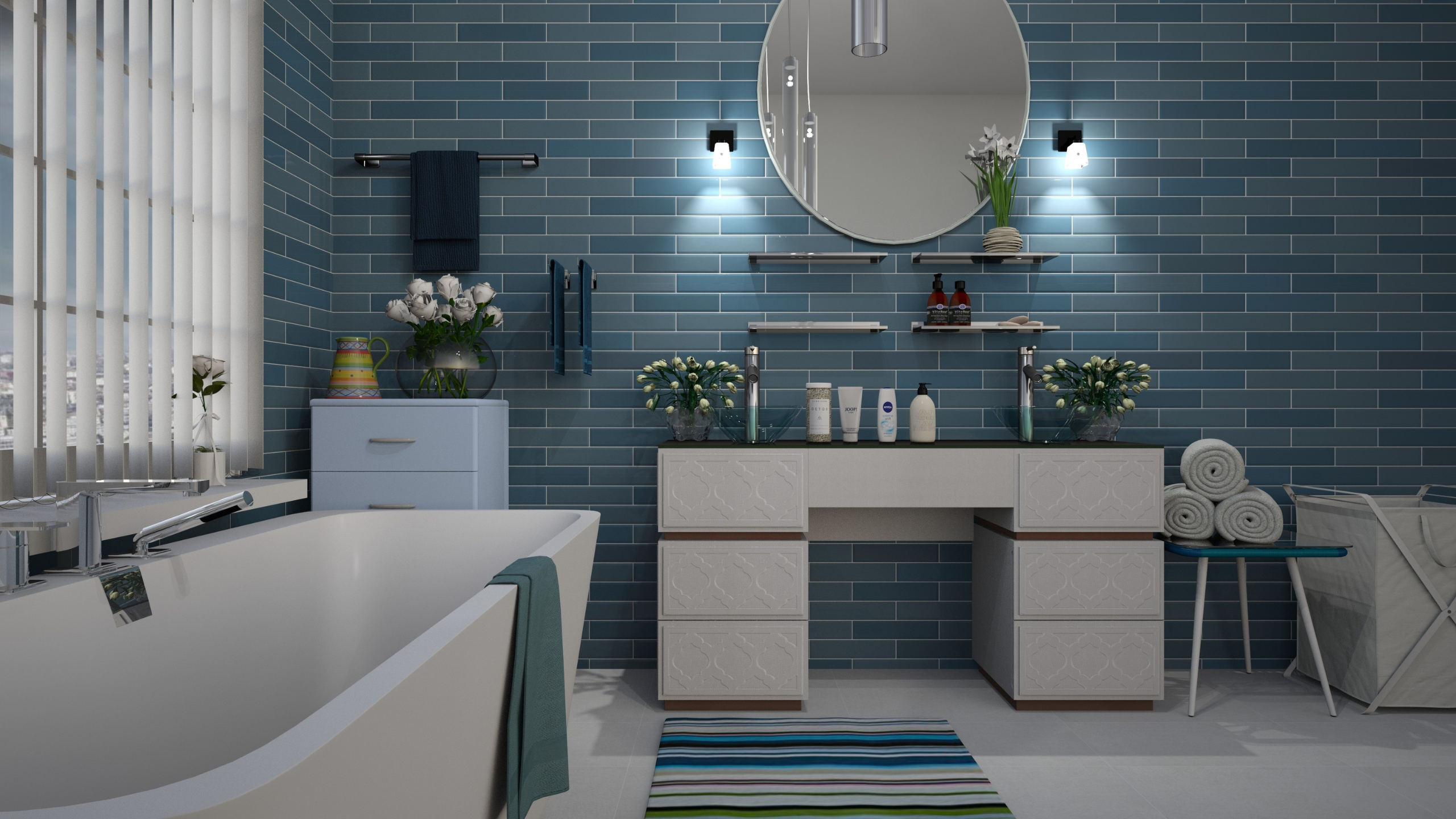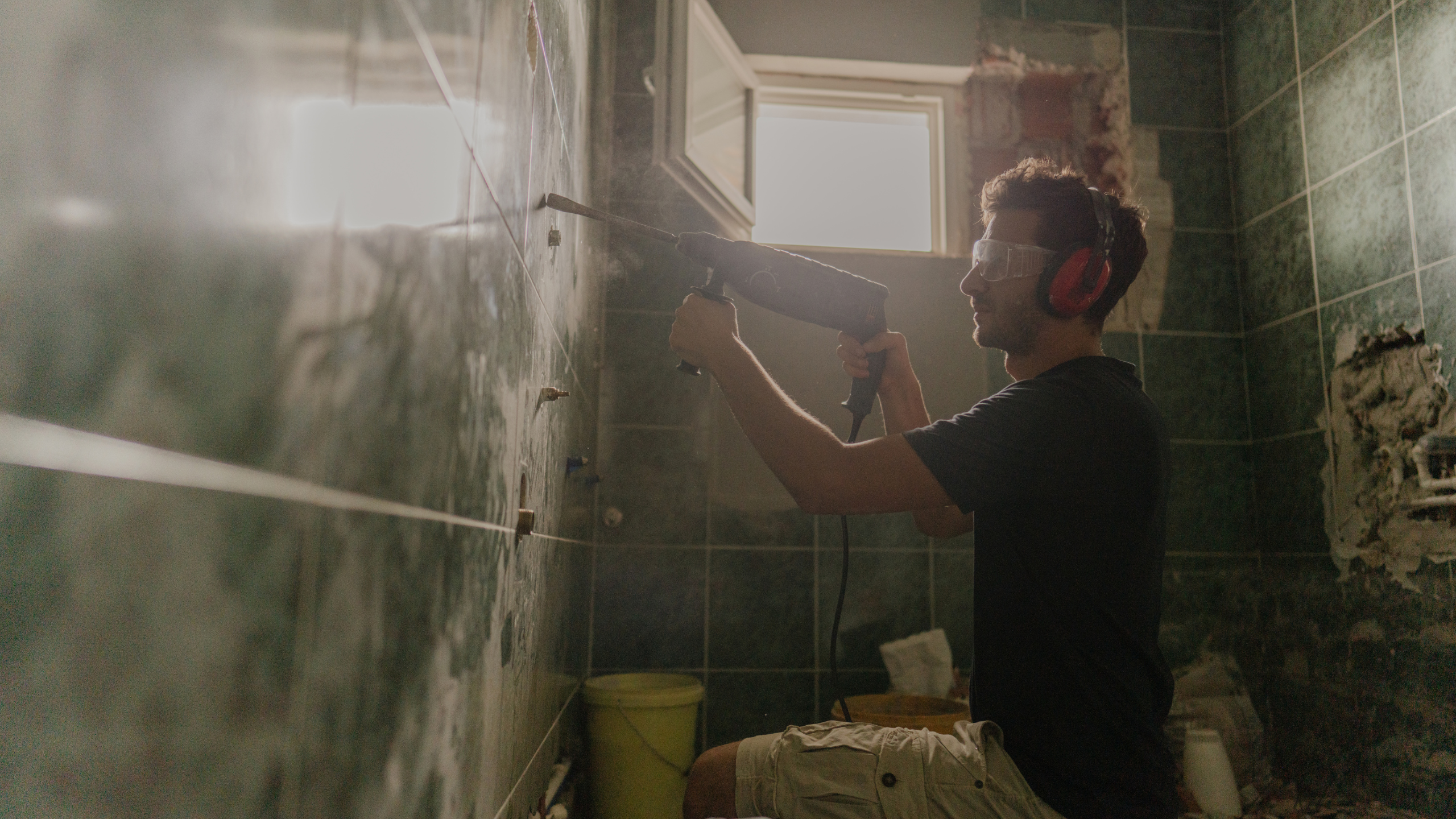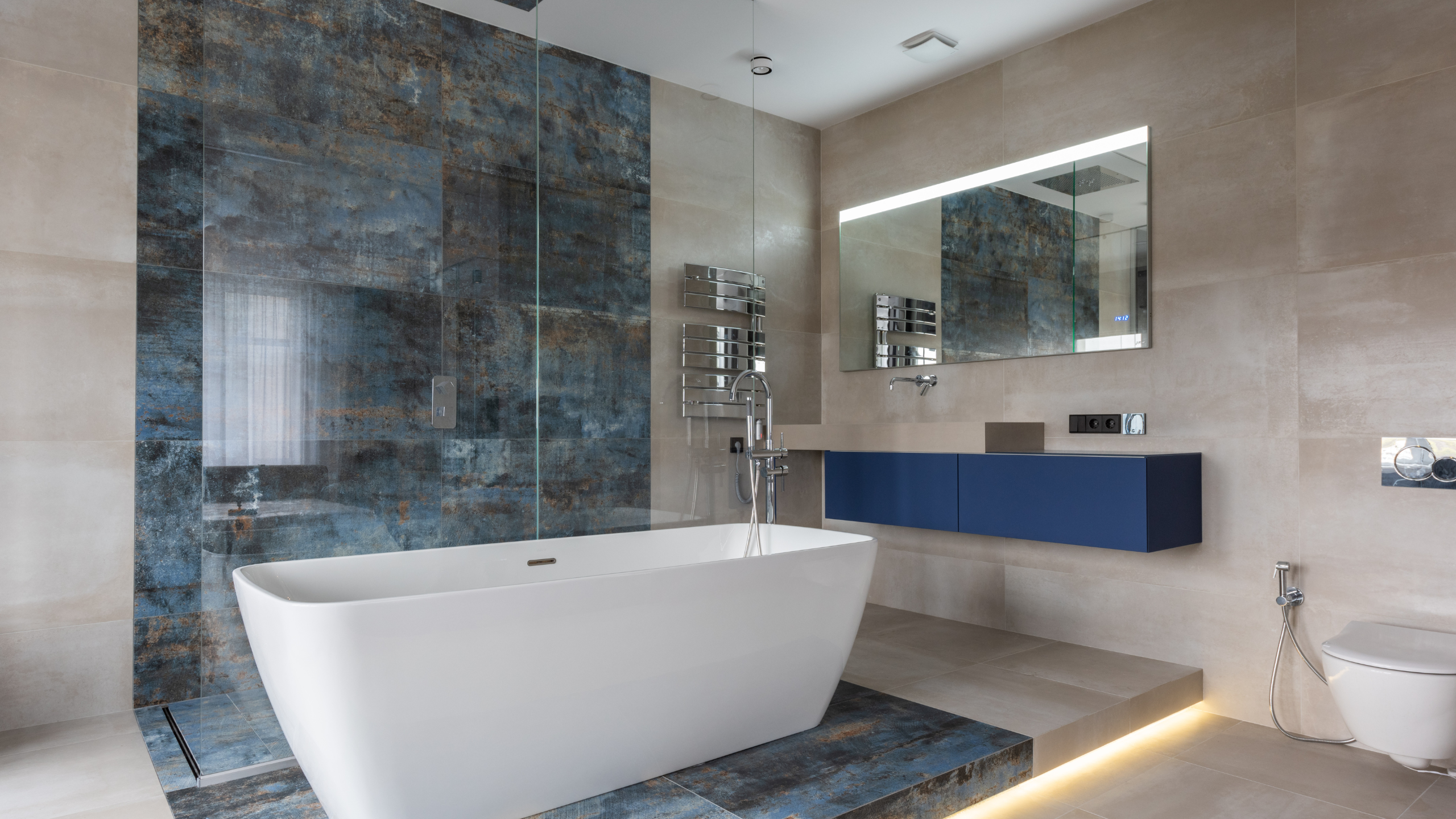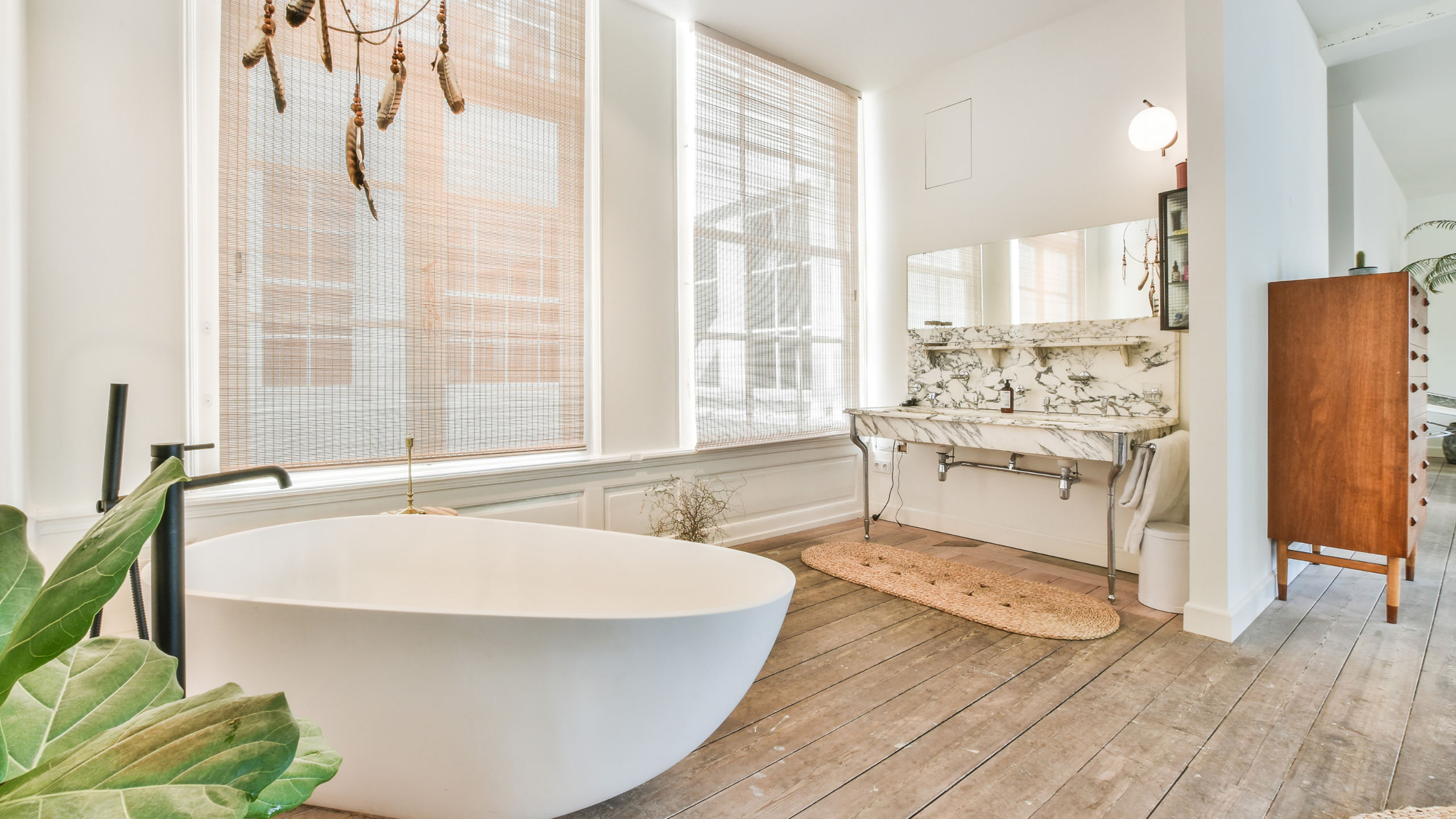The kitchen is the center of your house, so if you ever want to sell it, this is one room you want to make “wow”-worthy. This doesn’t imply that you should renovate your kitchen entirely; something as simple as painting your kitchen cabinets may dramatically change the room. One of the finest investments you can make for your kitchen is to have the cabinets in your kitchen refinished. We’ll walk you through each step of painting kitchen cabinets.
Step 1: Remove Doors, Drawers, and Hardware
Before painting, cabinet doors, drawers, and hardware must be removed. If you want to reuse the hardware, store it in a safe place, such as a Ziploc bag. I’ve heard that numbering your doors will help you remember where they go when needed. This may sound like a lovely concept, but it’s a waste of time because you’ll cover the numerals with paint anyway. I replaced the bronze hinges I had removed with new ones that were black instead of bronze. Reinstalling the doors was simple since everything was still in place. However, I did have to play a little musical door. It will be fine if you want to use a completely other hinge.
Step 2: Clean and Sand the Cabinet Surfaces
When every door, drawer, and piece of hardware has been removed, it’s time to begin the power cleaning phase of kitchen cabinet restoration. Start by scrubbing with a solution of water and Dawn dish soap. Clean using a green Scotch Brite pad and a water rinse and paper towels to dry. Then, using a green Scotch Brite pad and water and denatured alcohol blended 50/50, clean the area once more. Finally, pat it dry with paper towels. After cleaning, use a 220-grit sanding pad or sponge to smooth the surfaces.
Step 3: Mask the Area
This stage is the time-consuming one. Be careful to cover whatever you don’t want to be painted, including the floorboards around the cabinets and window openings. It’s time to start painting your cabinets after everything has been covered with masking tape.
Step 4: Apply Primer to Your Kitchen Cabinets
I advise using a stain-blocking primer, such as General Finishes water-borne Stain Blocker.
You may use a brush to apply the priming, but I found an HVLP sprayer with a 1.3mm air cap set to be more efficient. Your kitchen cabinet frames are easy to spray, but the doors need more skill. I constructed a rotating platform out of painter pyramids to paint the doors.
Additionally, it would help if you decided where to place the doors for drying. Most cabinet refinishers use drying racks, but I made a little hole in the end of the door where it couldn’t be seen, nailed in a tiny hook, and strung some wire across my garage to hang them from.
It’s simple to apply primer to the drawers in your kitchen cabinets. Around the drawer boxes, use masking and regular paper, and prime the faces. Stain blocker primer should be applied lightly twice, let to cure for two hours between coats, and then sanded with 220 grit paper. You may add an accelerator to the primer to make it dry more quickly.
Step 5: Apply Cabinet Paint
Use high-quality cabinet paint, such as White Poly or Milk Paint from General Finishes. Spray one or two applications of White Poly or Milk Paint cabinet paint, let each coat dry for one to two hours, and then sand with 220 grit between coats. You may finish up at this point or topcoat with a clear coat like General Finishes Clear Poly. After completing the Antique White Milk Paint with the faded, shabby chic effect in mind, I chose to use a Van Dyke Brown Glaze Effect.
Step 6: Apply Clear Coat to Your Cabinets
Apply two or three coats of clear paint, such as flat, satin, semi-gloss, or gloss. General Finishes water-borne Clear Poly. After one to two hours, sand between coats with 220. Make advantage of the General Finishes Accelerator for a quicker turnaround. Install the new hardware an hour or so after the final clear coat. Enjoy your kitchen’s gorgeously updated appearance right away.

